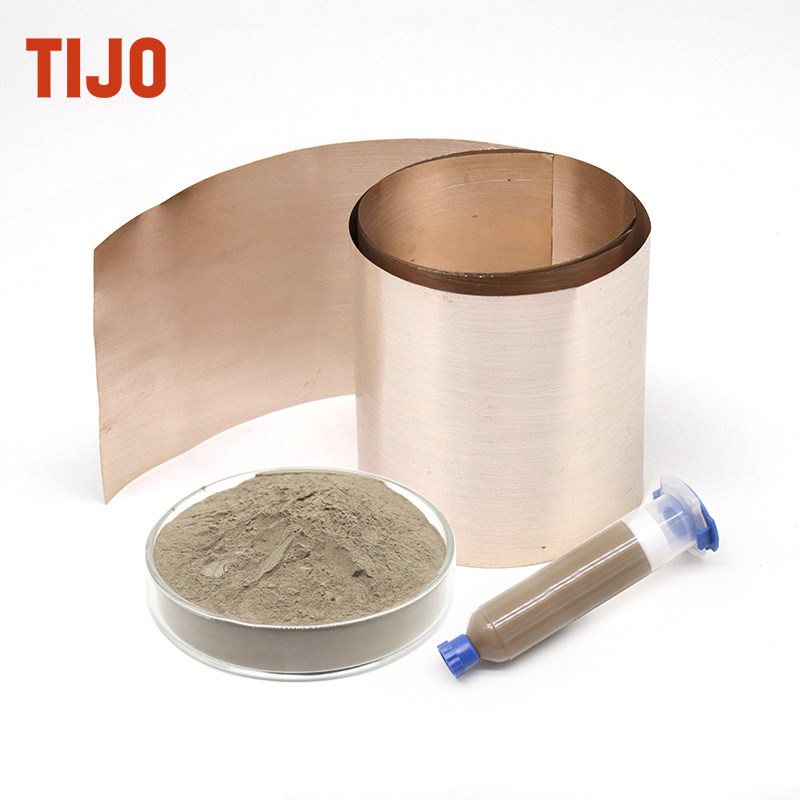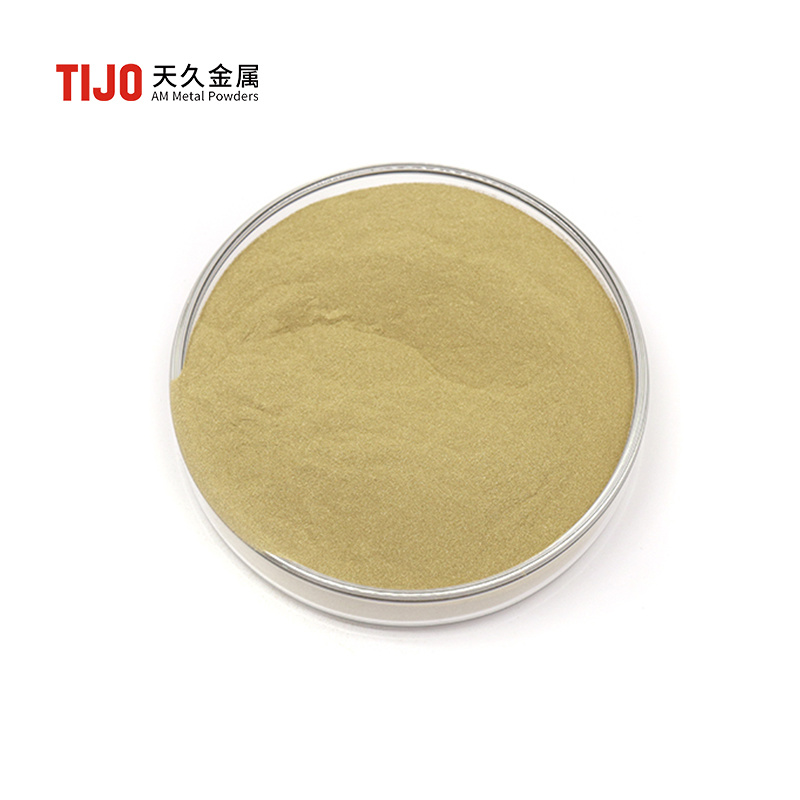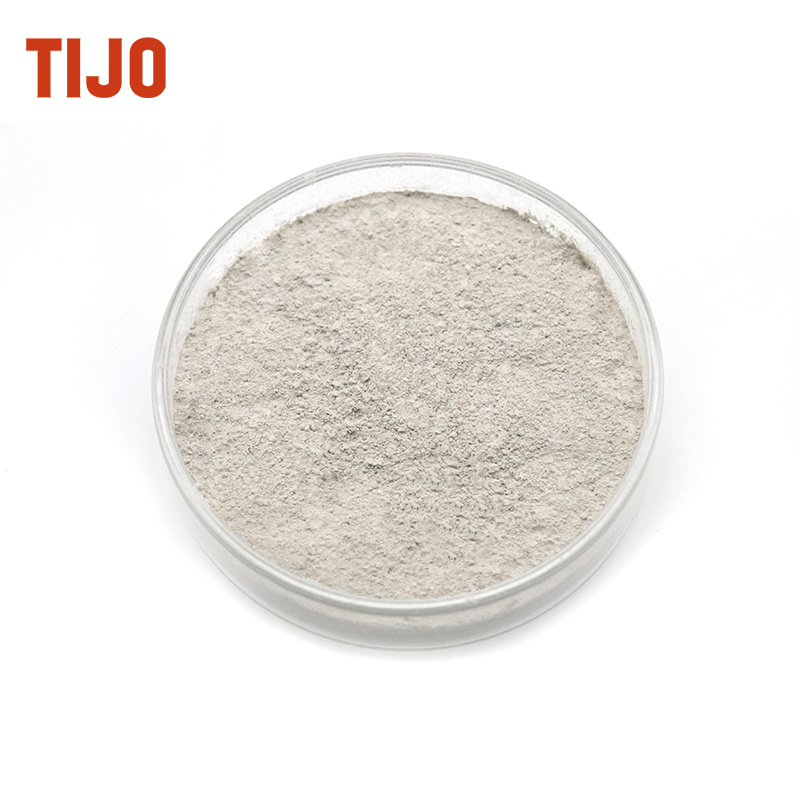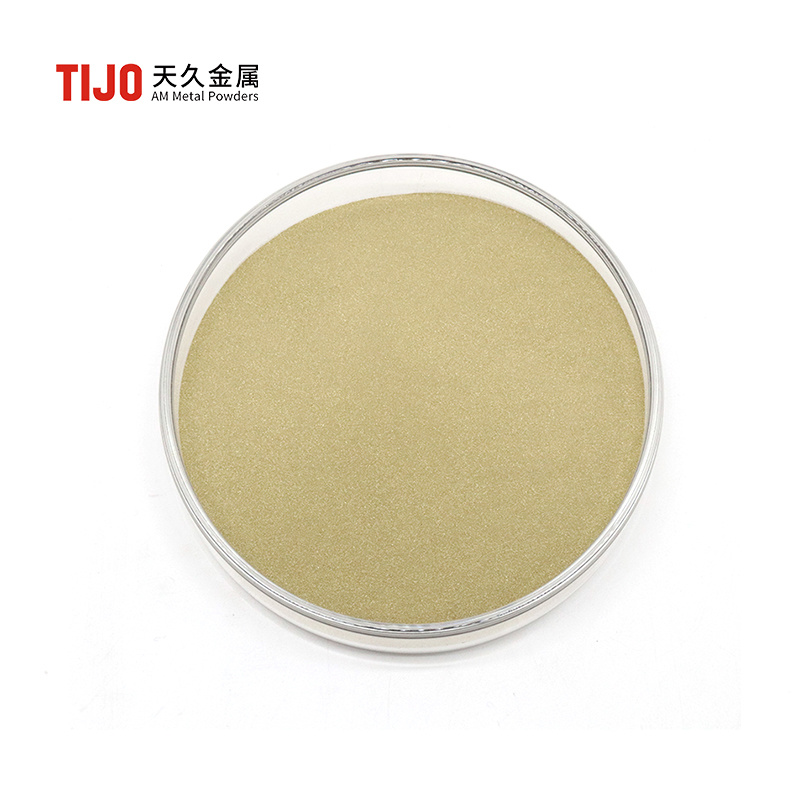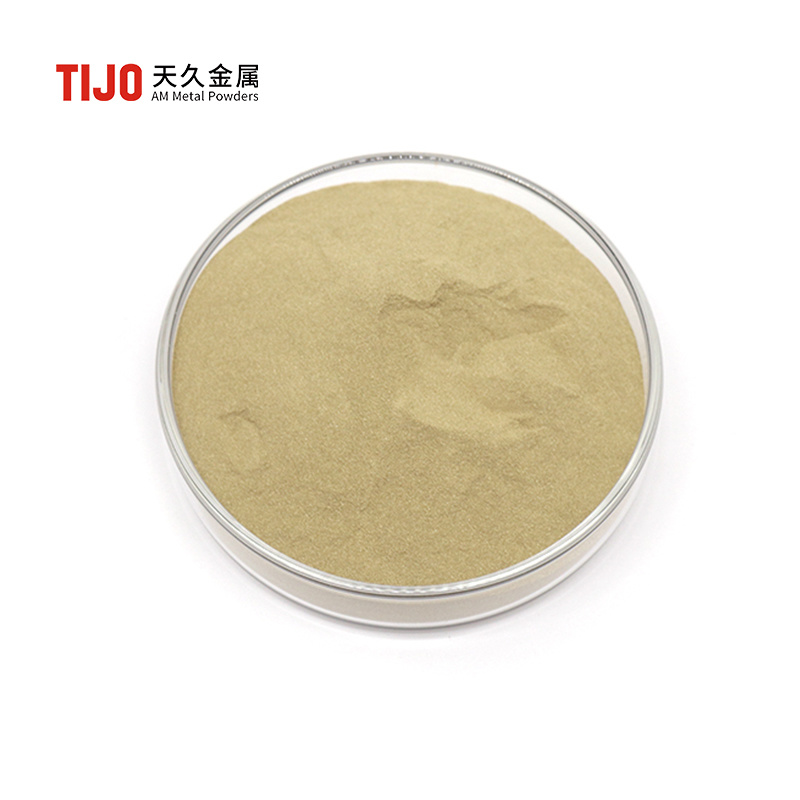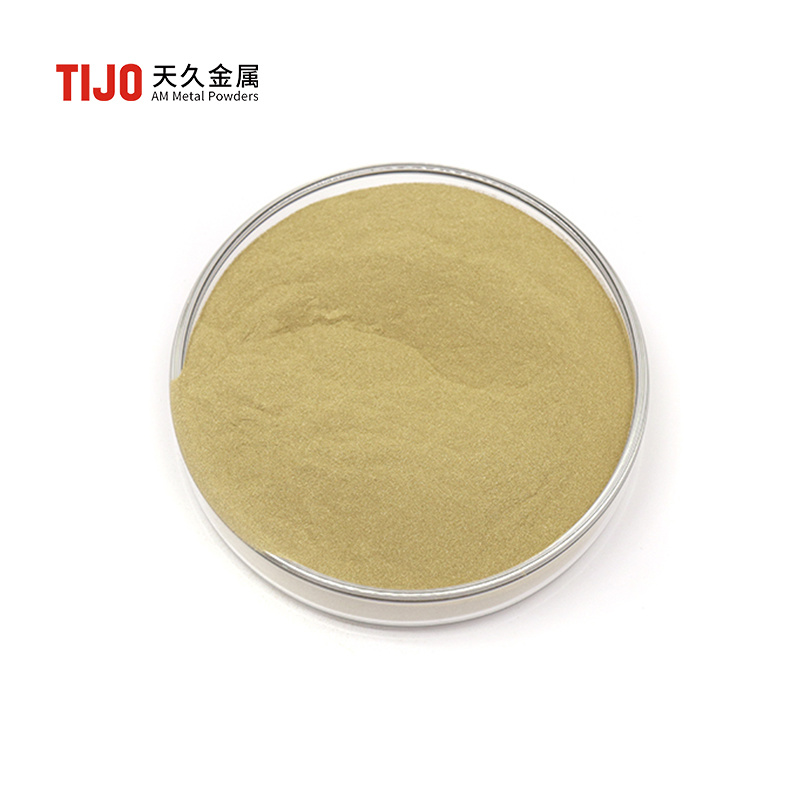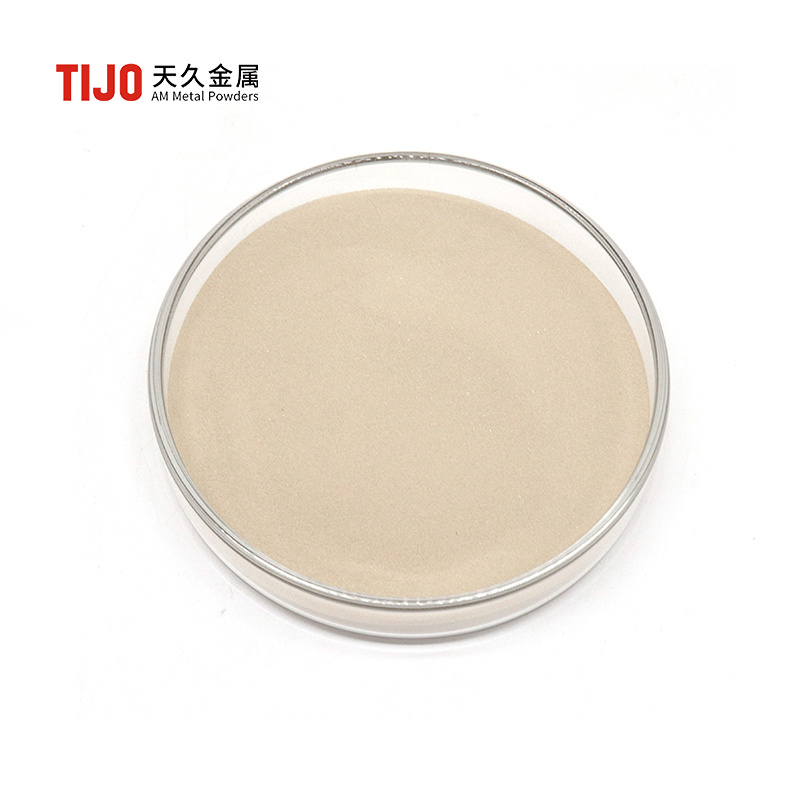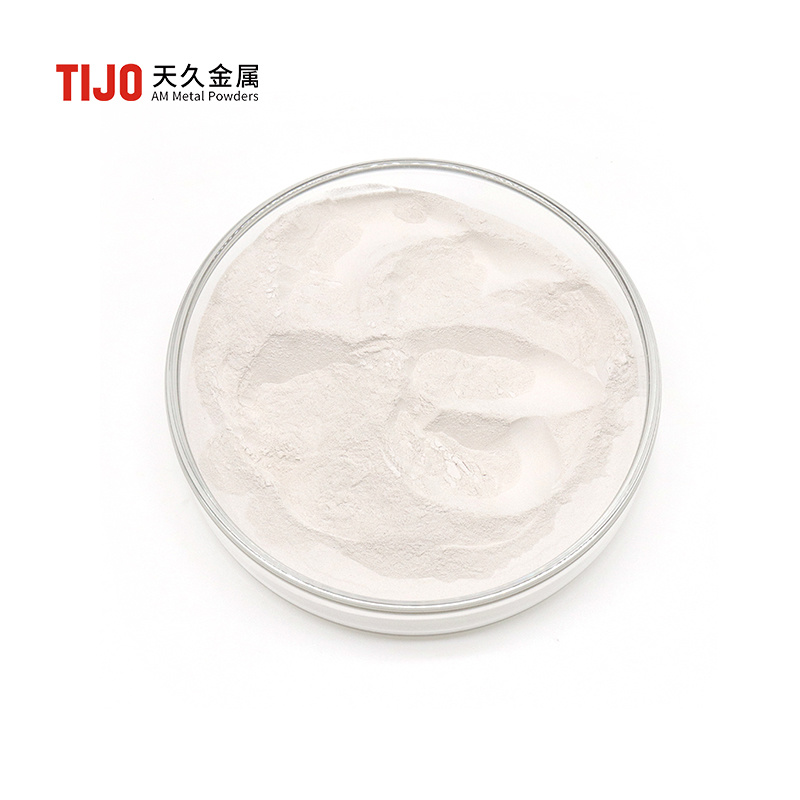Silver-based brazing filler metal is a brazing material whose primary component is silver (Ag). It is typically available in the form of wires, sheets, strips, or powders.
1. High strength and toughness: The weld is dense, with high tensile strength and impact resistance. 2. Corrosion resistance: It has good resistance to acids, alkalis, and high-temperature oxidation environments. 3. Low melting point: Brazing temperature range 780~850℃ (adjustable), suitable for a variety of substrates. 4. Good fluidity: Strong wettability, uniform weld filling, and low porosity.
1. Low melting point: brazing temperature range 620~750℃, energy-efficient and highly effective. 2. Strong wettability: good fluidity, can fill complex welds, and ensure firm bonding. 3. Corrosion resistance: resistant to water vapor and weak acid-base environments, extending the service life of workpieces. 4. Economic efficiency: moderate silver content, high cost performance, suitable for mass production.
1. High Electrical and Thermal Conductivity: The surface silver layer provides silver-like conductivity (resistivity ≤2.5 × 10⁻⁶ Ω·m) 2. Strong Oxidation Resistance: The silver layer isolates the copper substrate from oxidation, extending the material's stability 3. Cost Advantage: Significantly reduces the amount of precious metals used, with a higher price-performance ratio than pure silver powder 4. Process Adaptability: Compatible with various processing methods such as cold pressing and sintering, spraying, and paste printing
Ternary eutectic solder, low temperature, good fluidity and process performance, will form brittle intermetallic compounds at the weld, cannot be used to connect ferrous metals, nickel-based alloys or nickel-copper alloys containing more than 10% nickel
Excellent process performance, moderate melting point, good wetting performance and gap filling performance, excellent strength, plasticity, conductivity, corrosion resistance and other properties
BAg-36 has characteristics similar to BAg-7, with lower silver content, making it more economical.
Gas atomization process, spherical powder, low oxygen content, particle size controllable, low density
Widely used for welding between ferrous and non-ferrous metals, it has good fluidity and wettability, a smooth surface, high joint strength, and an appearance color that matches stainless steel, making it an ideal replacement for Cd-containing brazing materials.
BAg-8 eutectic solder has a relatively low melting point, with solid and liquid phases close to each other, no crystallization gaps, and good thermal and electrical conductivity of the weld seam. The solder is clean, does not contain high vapor pressure or volatile elements, and has good processing performance.
1. Active Brazing: Titanium element breaks the oxide film, achieving high-strength metallurgical bonding between ceramic and metal. 2. High Heat Resistance: The brazing seam can withstand temperatures above 600°C, with excellent thermal shock resistance. 3. Morphological Adaptability: Powder form: ultra-fine particle size, high purity, suitable for precision preset processes. Paste form: contains low-volatility organic carriers, uniform coating, suitable for welding complex structures. 4. Strong Wettability: Excellent wettability to alumina, aluminum nitride ceramics, and refractory metals.
1. Ultra-high purity: Silver content ≥99.95%, total impurities ≤500 ppm 2. Spherical morphology: sphericity >95%, good fluidity, suitable for screen printing, spraying and other processes 3. High conductivity/thermal conductivity: volume resistivity ≤1.6 μΩ·cm, thermal conductivity ≥420 W/(m·K) 4. Controllable particle size: standard particle size 0.1-20μm (customizable), low specific surface area, high sintering activity 5. Oxidation resistance: surface coated with anti-oxidation layer (optional), extending storage and processing stability



